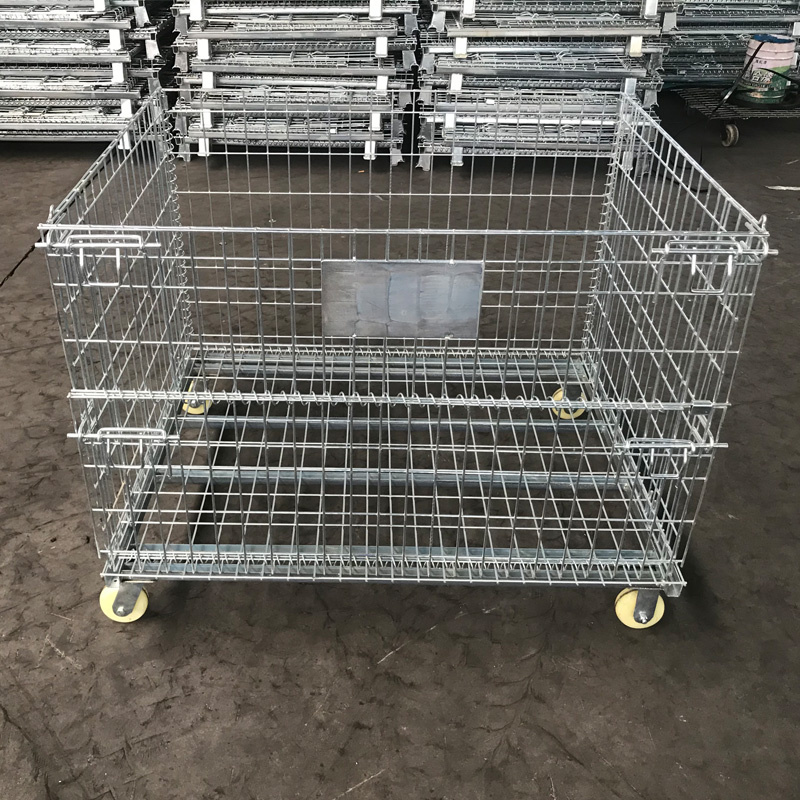
- Mobile Phone
- +8613931874955
- sales@cntcmetal.com
Best Ways to Support Your Cherry Tomato Plants with Cages and Trellises
The Ultimate Guide to Cherry Tomato Cages
Cherry tomatoes are beloved by gardeners and food enthusiasts alike for their sweet flavor, vibrant colors, and versatility in the kitchen. However, to achieve a thriving cherry tomato crop, support is essential, and that’s where cherry tomato cages come into play. This article aims to explore why cherry tomato cages are vital, the various types available, and tips on how to set them up effectively.
Why Use Cherry Tomato Cages?
Cherry tomato plants can grow quite vigorously. Without adequate support, they tend to sprawl on the ground, making them vulnerable to pests and diseases. Additionally, fruit lying on the soil is more likely to rot or become damaged. Caging your cherry tomatoes not only keeps the plants upright but also improves air circulation and sunlight exposure, which are crucial for healthy growth and better fruit production.
Types of Cherry Tomato Cages
1. Wire Cages One of the most common types of cherry tomato cages is the circular wire cage. These are typically made of sturdy galvanized wire and provide ample support. They are easy to set up around the plants and can be reused for several growing seasons. The open design facilitates easy access for pruning and harvesting.
2. Stake and String Method For gardeners who prefer a more minimalist style, the stake and string method is a practical choice. A tall stake is driven into the ground next to the tomato plant, and strong garden twine is then wrapped around the stake and the plant, guiding it upwards. This method might take more time, but it allows for excellent light penetration and air circulation.
3. Tepee or Obelisk Cages For those looking to add aesthetics to their garden while supporting their cherry tomatoes, tepee or obelisk cages are an attractive option. Constructed with wooden or metal poles, these cages create a vertical structure that allows the plants to climb while providing a stunning backdrop to any garden space.
4. Homemade Cages For the crafty gardener, making a cherry tomato cage can be an enjoyable project. You can use materials such as recycled fencing, old tomato cages, or even bamboo sticks tied together. Ensure that whatever you choose is sturdy enough to support the weight of the growing plants and the tomatoes.
cherry tomato cage

Setting Up Your Cherry Tomato Cages
When establishing your cherry tomato cages, timing is crucial. It's best to install the cages early in the growing season when you plant your tomatoes. This prevents root disturbance later on and allows for the plants to grow into the cage as they mature.
Here are some steps to follow when setting up your cages
1. Select a Suitable Location Cherry tomatoes need full sunlight for at least 6-8 hours a day. Choose a spot in your garden that receives adequate sunlight to ensure healthy growth.
2. Prepare Your Soil Before planting, enrich your garden soil with compost or well-rotted manure. This will provide the necessary nutrients that cherry tomato plants crave.
3. Plant and Cage Together Once the seedlings are in the ground, place the cages around the plants. Make sure the cage is securely placed in the ground to withstand wind and the weight of the growing tomatoes.
4. Regular Maintenance As the cherry tomato plants grow, gently guide the branches into the cage. Regularly check for any needs for pruning and for removing any dead or yellowing leaves to promote better air circulation.
Conclusion
Caging cherry tomatoes is an essential part of successful gardening. Not only does it provide the necessary structural support for vigorous growth, but it also aids in preventing diseases and enhancing the fruit yield. With a variety of cage types available, including wire cages, stakes, and even homemade solutions, every gardener can find the right support mechanism that suits their garden's needs. Embrace the beauty and flavor of your cherry tomato harvest, and remember that a little support goes a long way!
share:
-
Yard Sign Stakes: Reliable Guardians of Outdoor SignsNewsAug.04,2025
-
Wall Ties: Invisible Guardians of Building StabilityNewsAug.04,2025
-
Resilient Web: The Super Guardian Power of Concrete MeshNewsAug.04,2025
-
Masonry Accessories: A versatile assistant on building foundationsNewsAug.04,2025
-
Iron Binding Wire: the 'invisible reinforcement specialist' in the fields of architecture and industryNewsAug.04,2025
-
Dynamic Spring: The diverse functions and excellent performance of Wire Tension SpringNewsAug.04,2025
-
Your Source for Concrete Wall Ties and Masonry AccessoriesNewsJul.10,2025



















